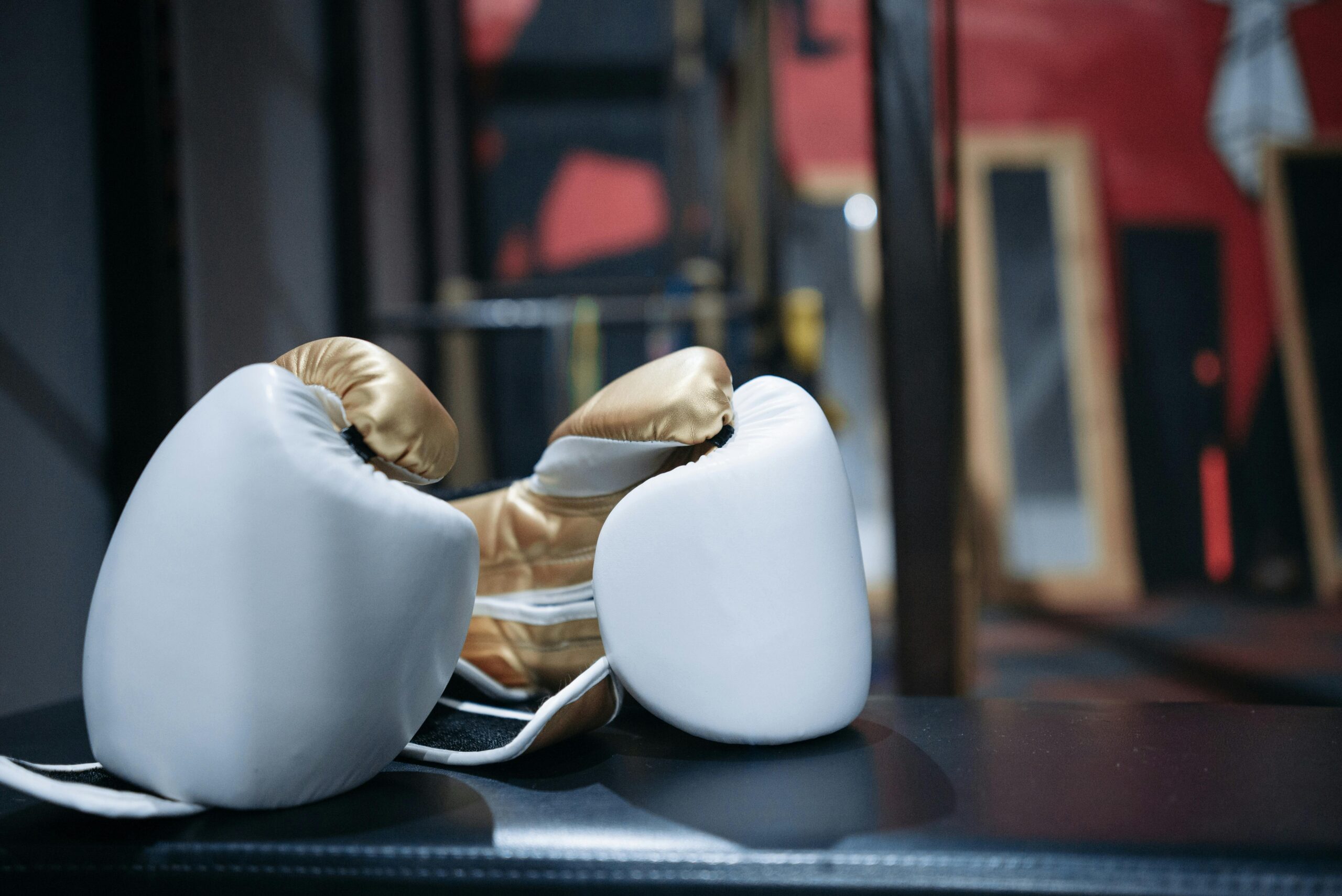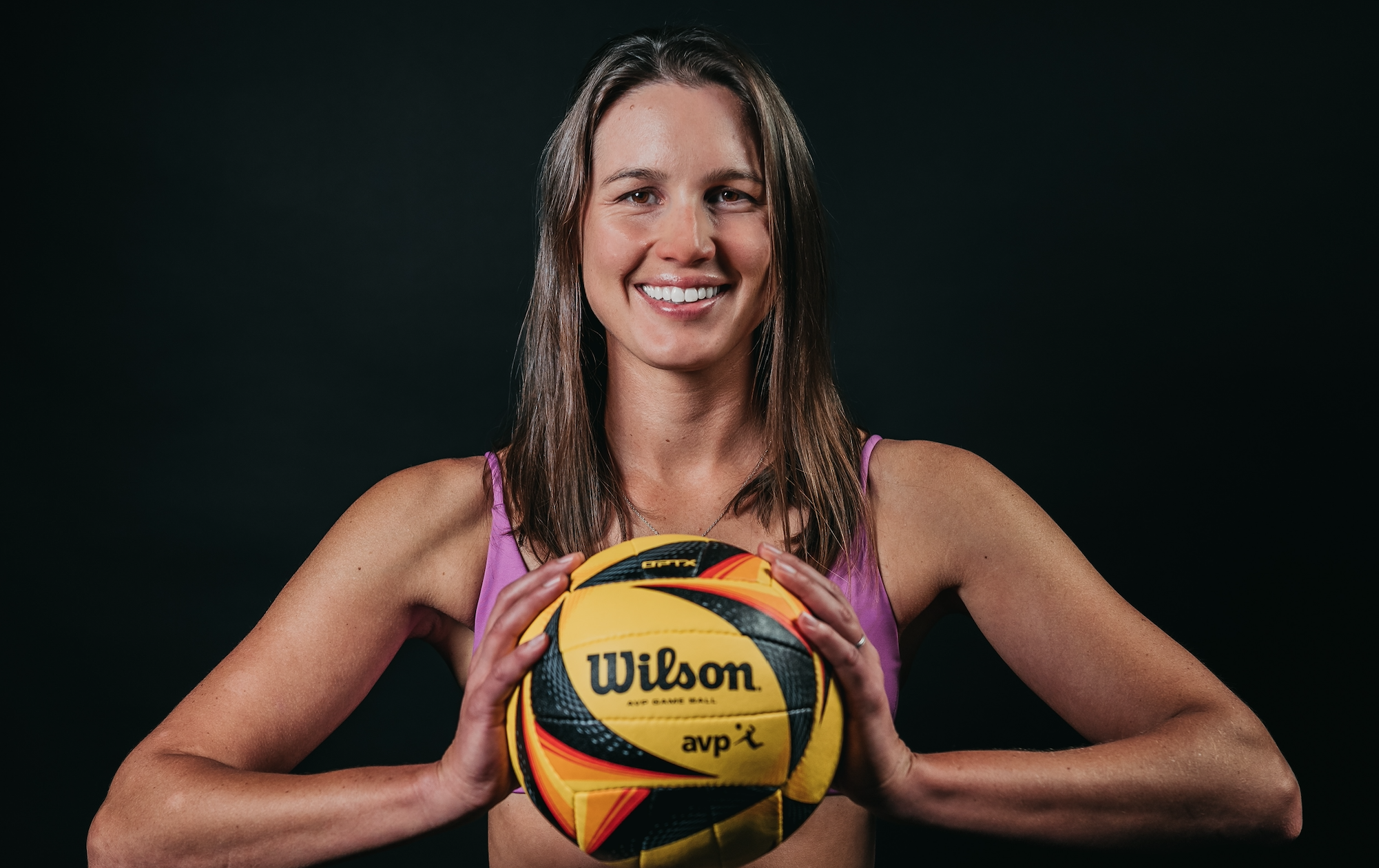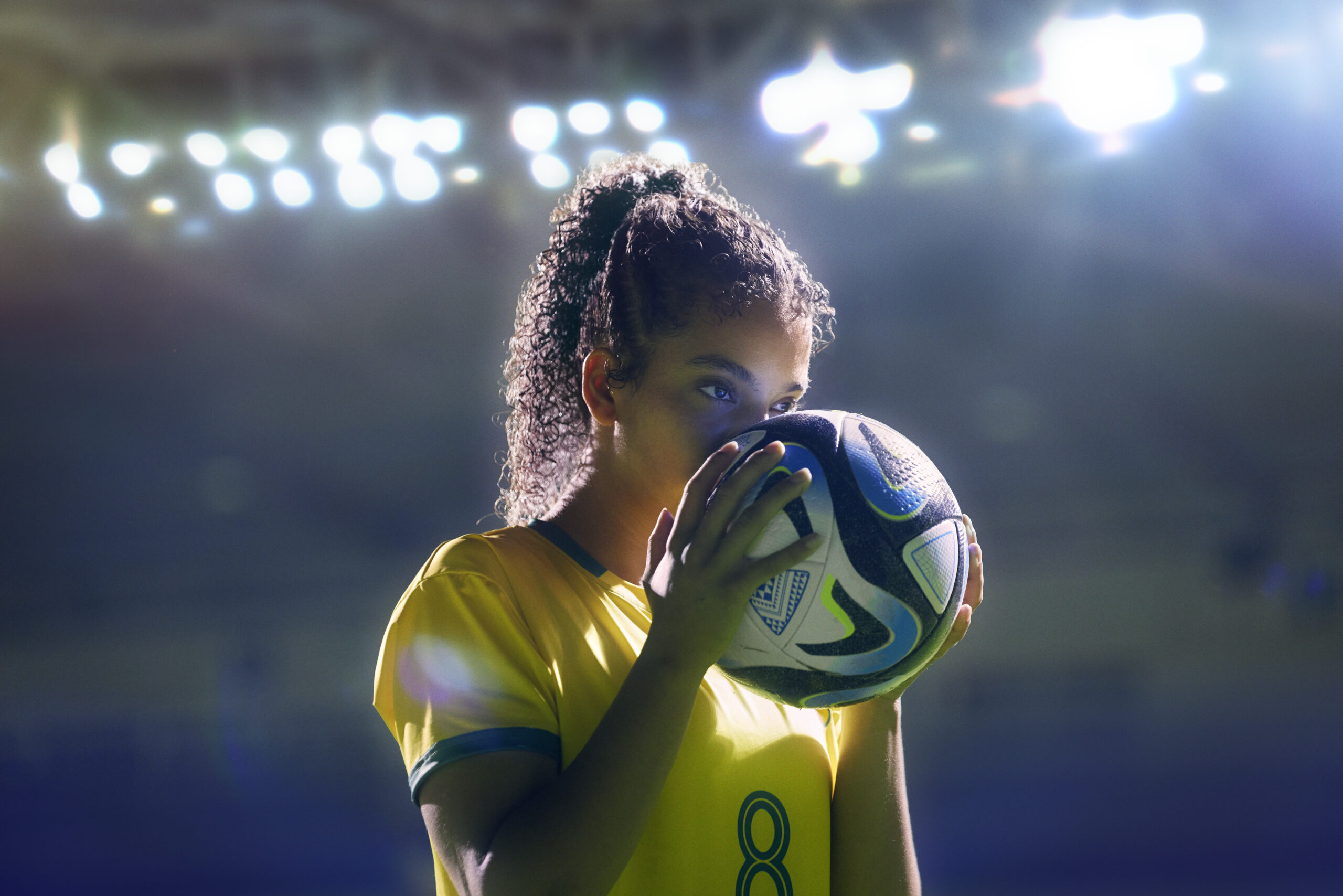
Whilst there is still a long way to go in achieving equality in almost every area of life, we continue to make strides forward in balancing the genders. One of these areas is sport, where women are regularly proving their abilities on and off the pitch.
In the past, interest in women-only sporting competitions had been lower than men’s; however, recent research has shown that as many as 80% of all sports fans would consider watching women’s sports. The research, which spoke to 1,000 people in eight developed countries, found that 51% of male fans are engaged in women’s sport. It also found that there is little difference between the genders when asked if they believe that “women’s sport is competitive”.
The common perception of women’s sport is that it is more inspiring, progressive, clean and appropriate for all audiences, when compared the men’s competitions. Interestingly, fans were more interested in competitions where both genders competed at the same time, like athletics and tennis tournaments.
Soccer
Association football, or soccer, is a sport that has seen tremendous success for women in recent years. In England, where football is the national sport, the women’s national football team has been more successful than their men’s counterpart in recent decades. They have reached the quarterfinals of the World Cup three times since 1995, the semifinals twice since 2015, and the finals in 2009 and 1984. This is significantly more than the men’s team have managed, having reached the World Cup semifinals twice and the quarterfinals a further two. They also failed to qualify for the 1994 World Cup. The women’s World Cup also received more TV coverage in 2019 than any previous year, which shows the increased popularity of the women’s team and greater equality between the two.
Research by the European Commission also shows that women hold 10% of executive positions within football, which, whilst still incredibly unbalanced, is more than double their representation in Fortune 500 companies. Policy makers that are trying to promote further representation of women in football are targeting three areas:
- Visibility: increasing the amount of visibility women have in positions of power within the sport
- Voice: providing more opportunities for women to have their say within the sport
- Value: demonstrating the value that women have throughout their sport
On the media side, more women than ever featured in presenting teams for coverage of the 2018 FIFA World Cup in Russia. As part of this, Vicki Sparks became the first woman to commentate on a World Cup match. The BBC in particular has been influential in getting more women into their football coverage, with Gabby Logan working as a presenter alongside Gary Lineker and ex-footballer, Alex Scott, who was working as a pundit for the channel. Scott has recently said that she has hopes of replacing Lineker when he finally retires from the lead presenting role.

American Football
American football is perhaps considered by many to be one of the most macho-looking sports on the planet. It is a game filled with large men, dressed ready for battle, who run around throwing each other to the ground. It is a very physical sport that is unashamedly brutal. There are some semi-professional and amateur female players in the United States, but none have made it into the NFL. At the college level, where football has traditionally been one of the dominant sports, there are very few women-only teams. Some teams do allow women to join men-only teams, but there are few examples of this at present. A women-only football league was launched in 2009 under the name the “Lingerie Football League”—however this rightly came under a lot of fire, and it rebranded as the “Legends Football League” in 2013. Although players had been paid a share of the league’s profits when it was first founded, this changed in 2011 when it became an amateur organisation, even requiring players to fund their own health insurance. It seems from a playing perspective, American football has a long way to go if it wants to become an inclusive sport.
Despite this, though, women are beginning to break down the barriers that have previously hindered them from making it in the world of American football. Kathryn Smith became the NFL’s first full-time female coach in 2016 when she signed for the Buffalo Bills. In the 1970s, Connie Carberg became the first female scout for an NFL team when she was promoted from a secretarial role at the New York Jets. Sarah Thomas became the first female NFL official in 2015, and Katie Blackburn is the Executive Vice President for the Cincinnati Bengals. In addition, ESPN, the sports network that broadcasts a number of NCAAB games, has a number of female commentators, including Beth Mowins and Robin Roberts.
Rugby
Rugby is a sport that is popular in a number of countries around the world, including the United Kingdom, Australia, New Zealand, Ireland and France. It is a similar sport to American football in that it is quite violent, uses egg-shaped balls, and allows players to run with the ball. One key difference between the two is that rugby players do not wear the body armour and helmets worn by American football players.
Also unlike American football, rugby is a sport that has professional female players. There are also national women’s teams that compete in international competitions. In a move towards equality in the sport, the sport’s international governing body, World Rugby, announced in August 2019 that it would be dropping the gender from its World Cup competitions. Instead, both the men’s and women’s competitions will receive equal billing in a quest to end unintentional gender bias in sport.
Around 2.7 million women play rugby around the world, making up about 25% of the entire playing population. This figure is growing, with more women than men having taken up the sport in both 2017 and 2018. On the spectator side of rugby, almost half of the international fan base is made up of women, whilst this figure is only about 30% for soccer.
Conclusion
The glass ceiling in women’s sport is still restricting athletes, management and members of the media. However, progress has been, and is still being, made in all areas. The fact that women’s sport is being perceived as inspiring and progressive is a great sign, demonstrating that it is having a positive effect on fighting gender imbalances. The move by World Rugby to remove the gender titles from their two world cup competitions is another positive step, but perhaps the ultimate aim should be to combine the competitions together, like in tennis and athletics, since these are more engaging to sports fans.
Major improvements to the gender balance in sport will come from more visibility of women at every level, and, therefore, attempts by the BBC to feature more women in their presenting teams will also have a positive impact in the long term. Overall, progress is being made, but much more is still needed.


















One thought on “The Sporting Glass Ceilings That Women Are Breaking Through”